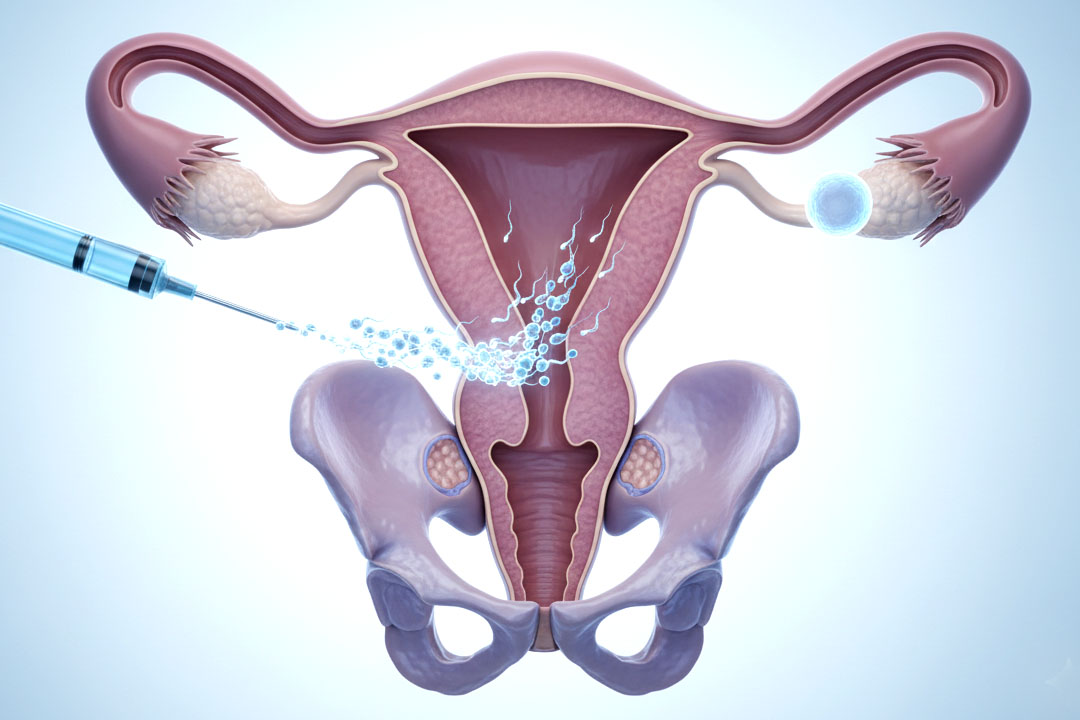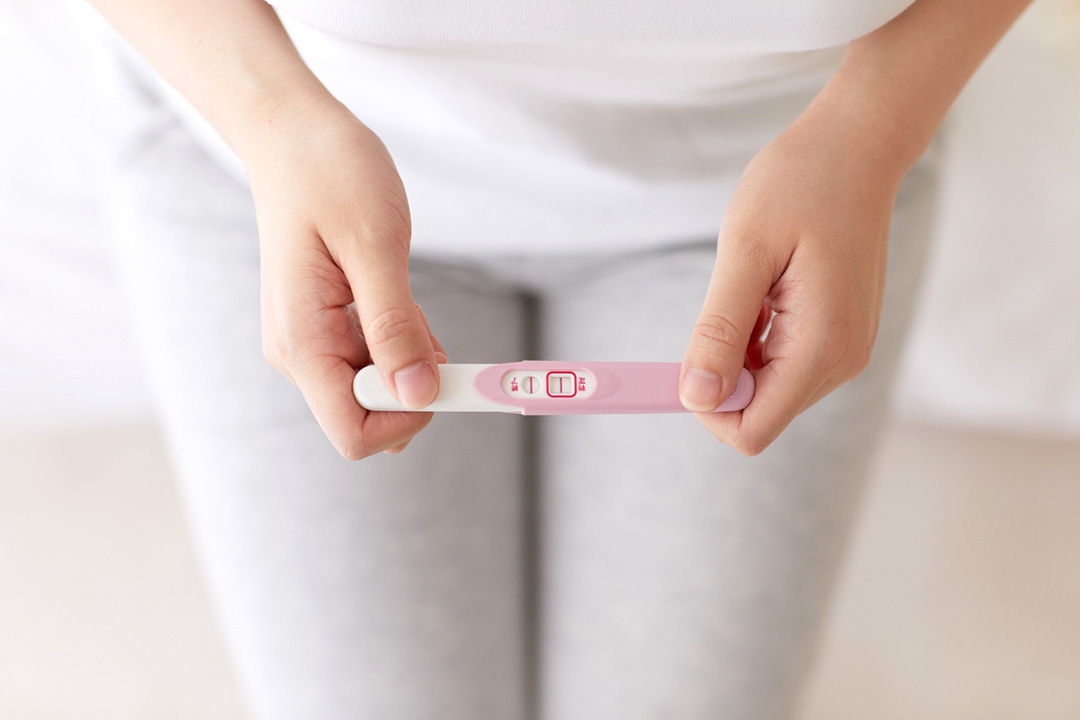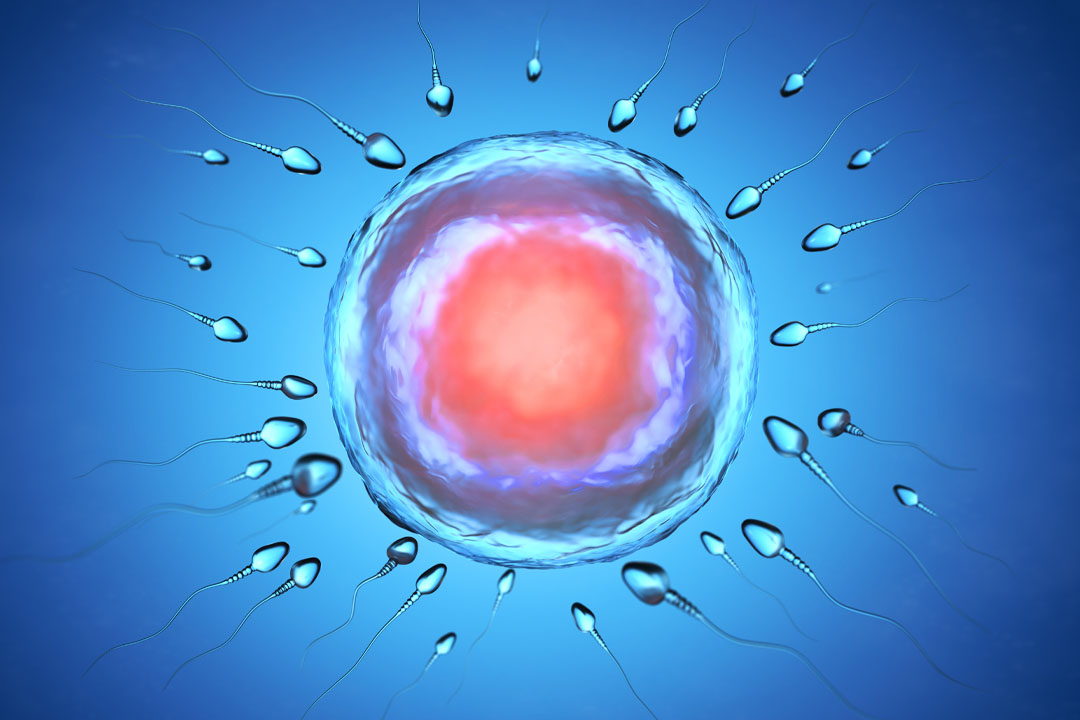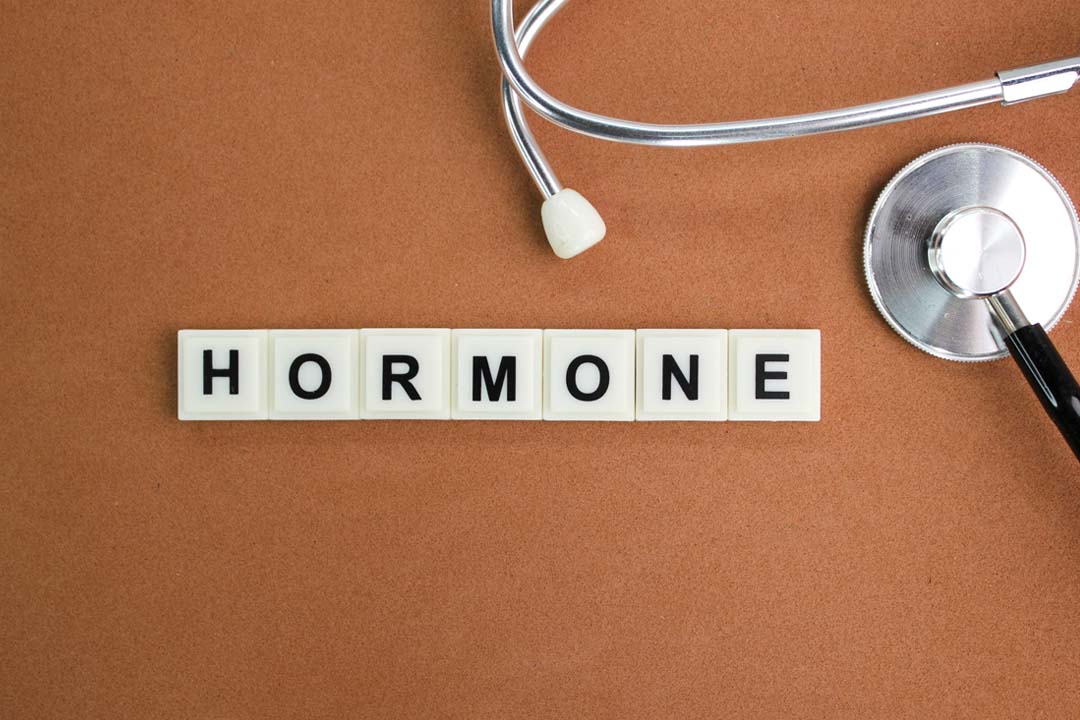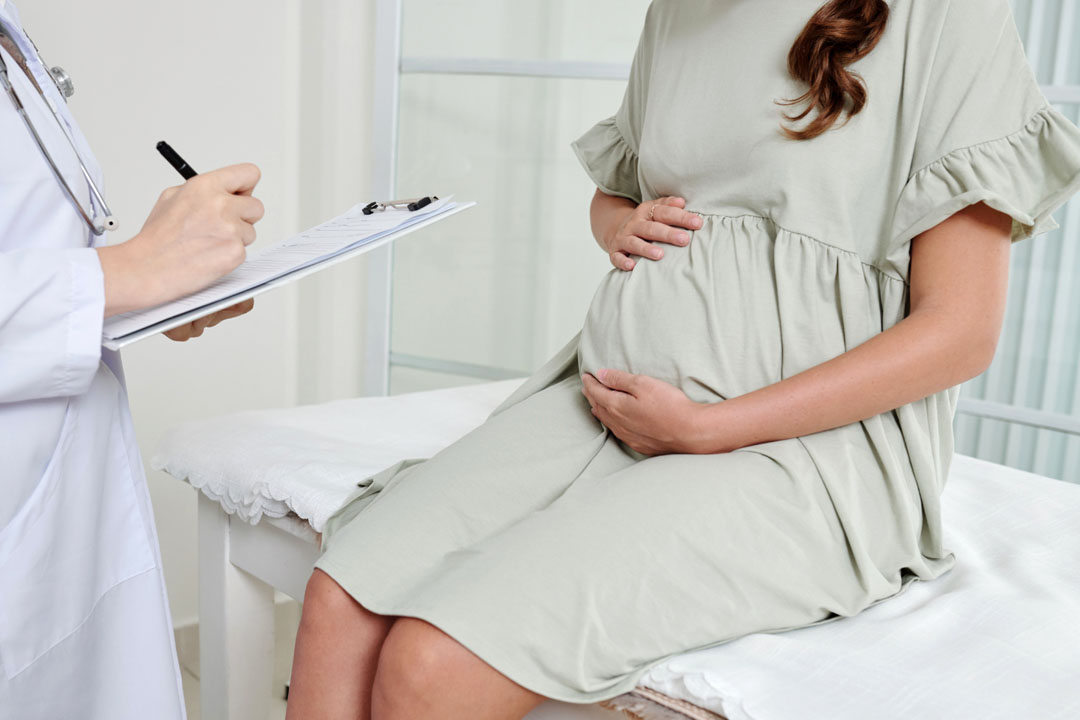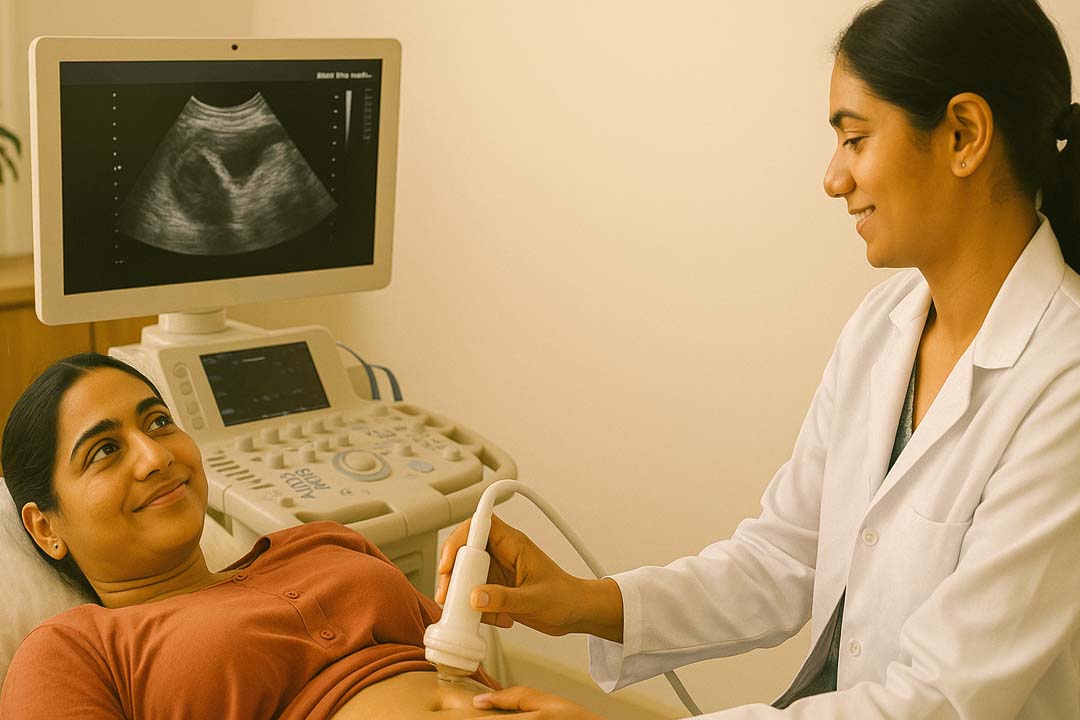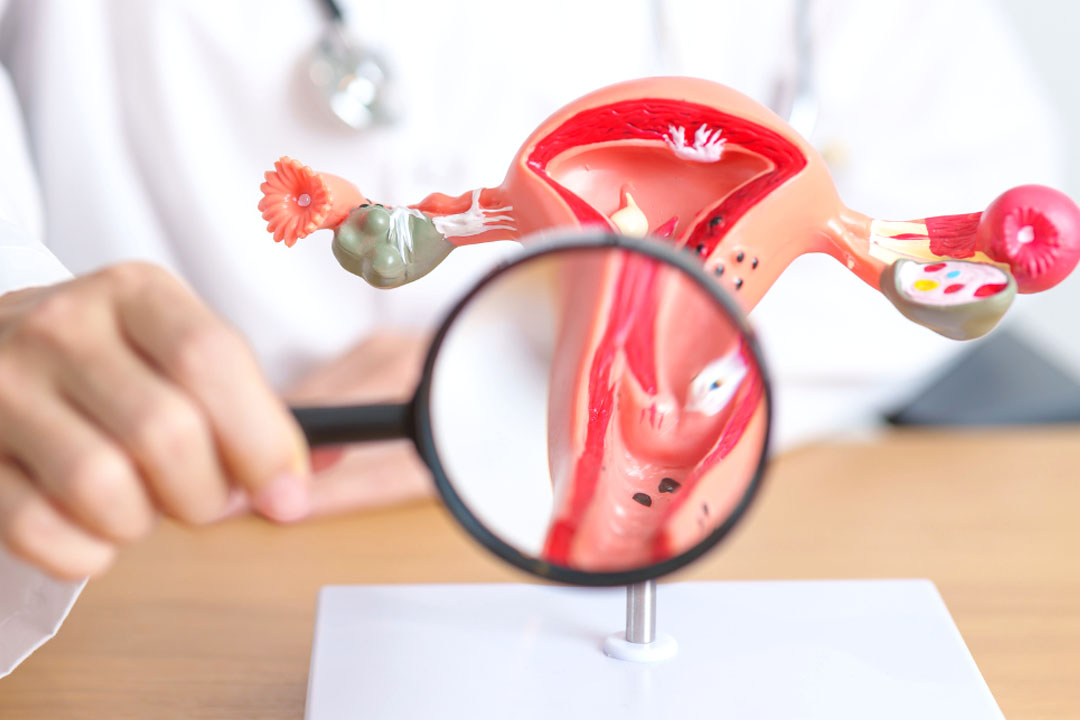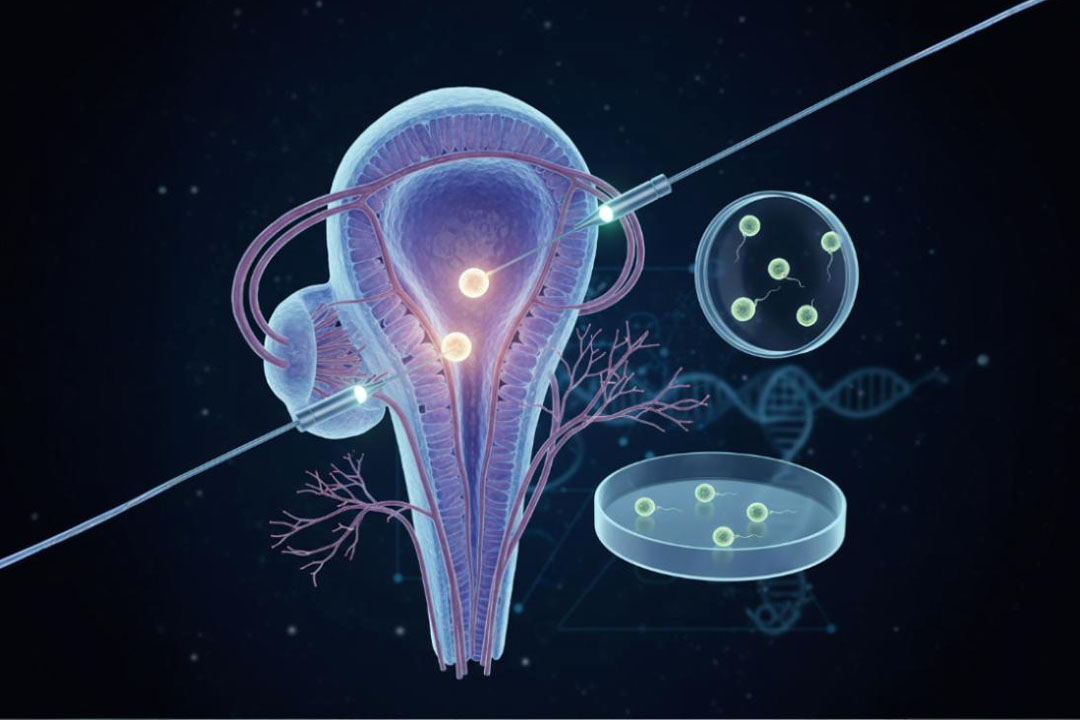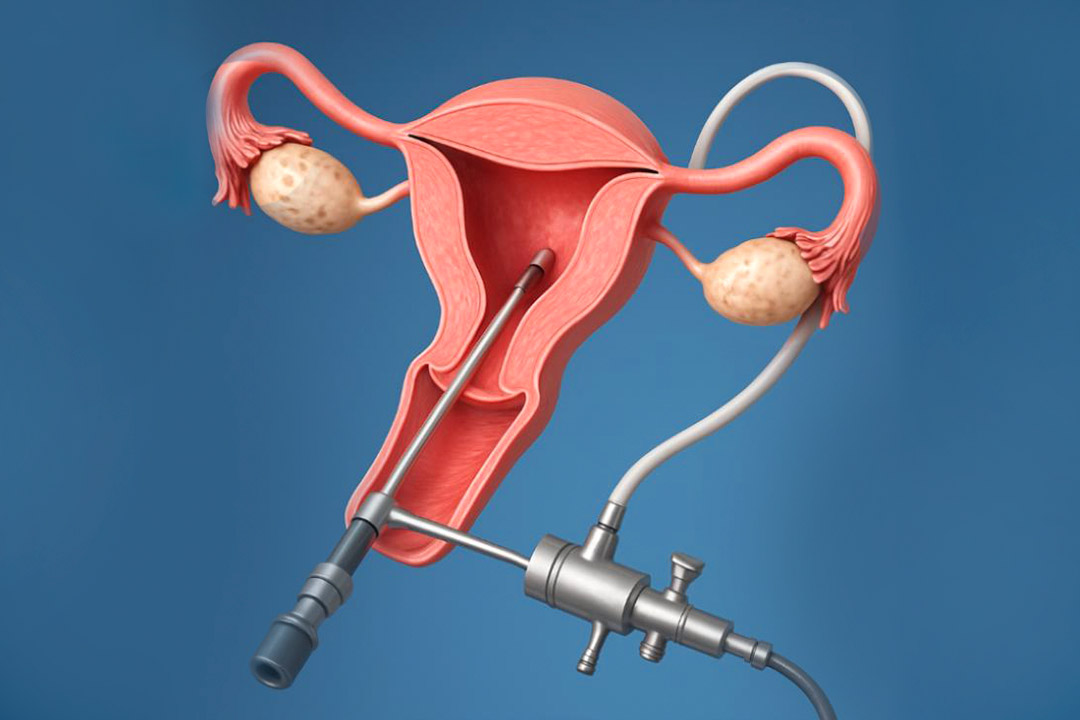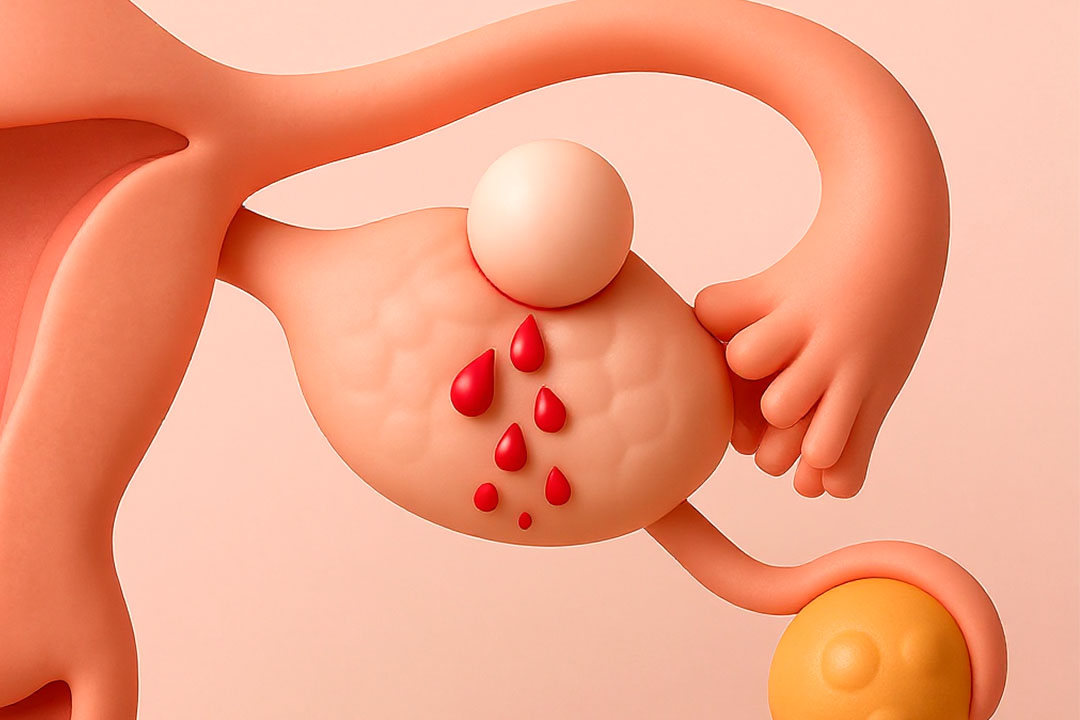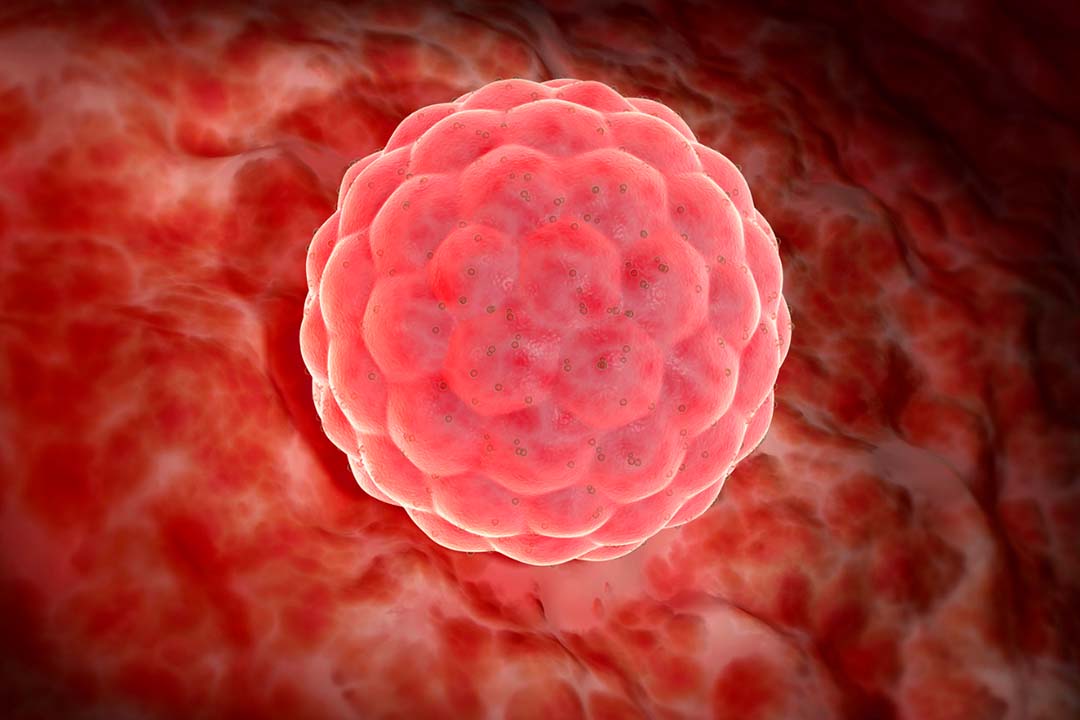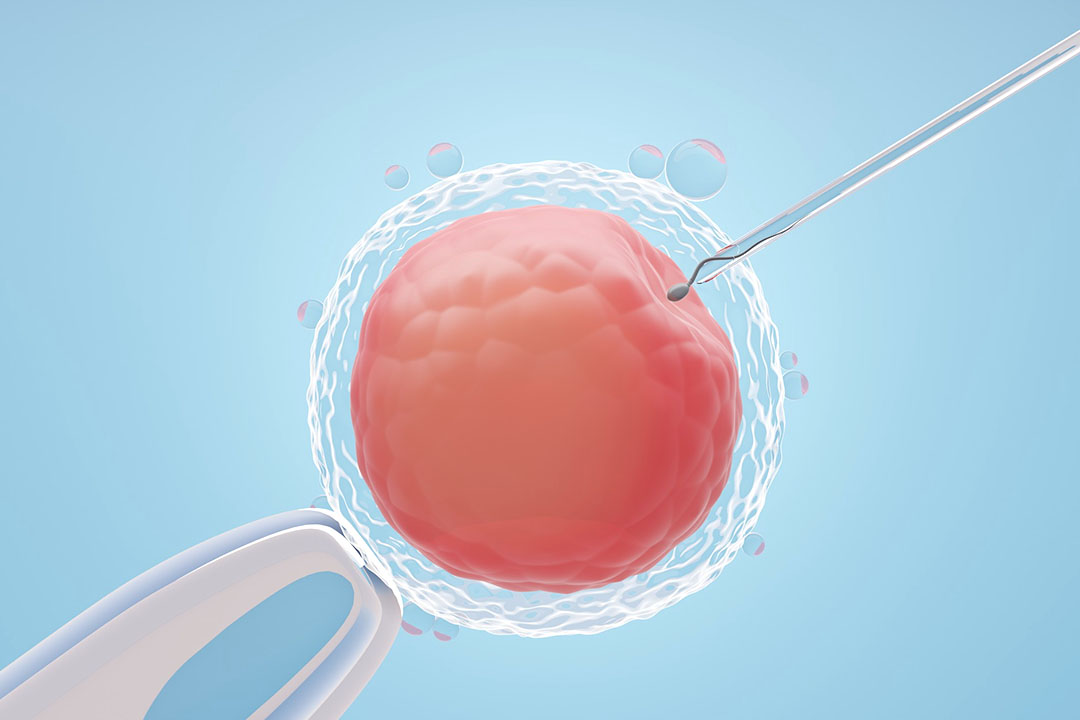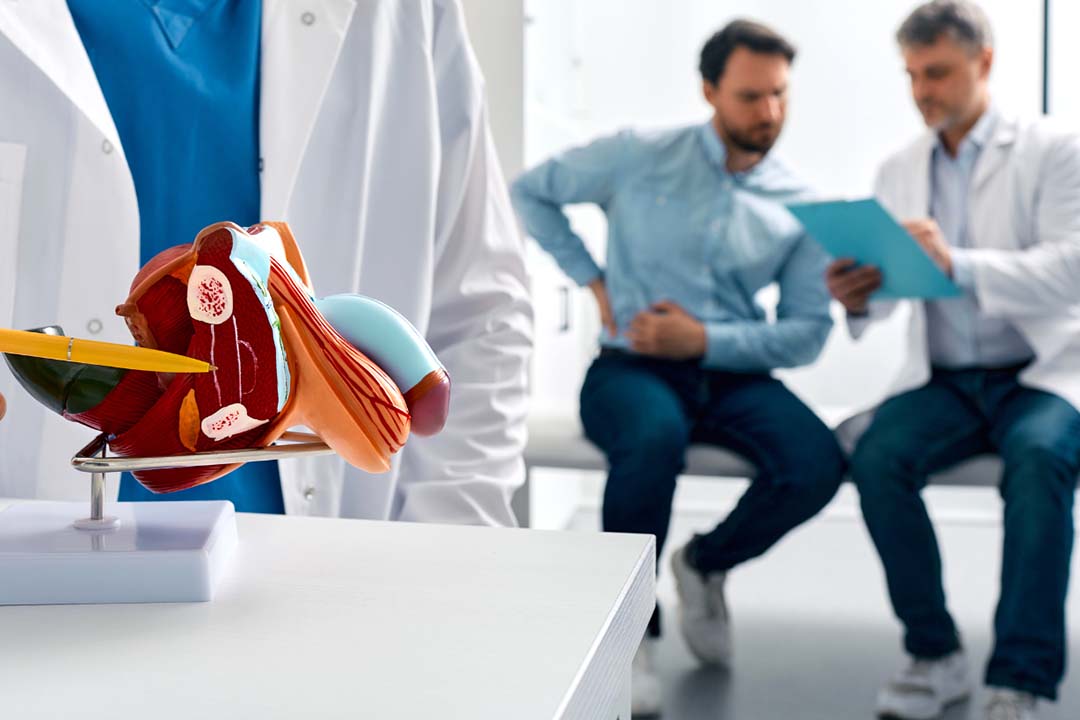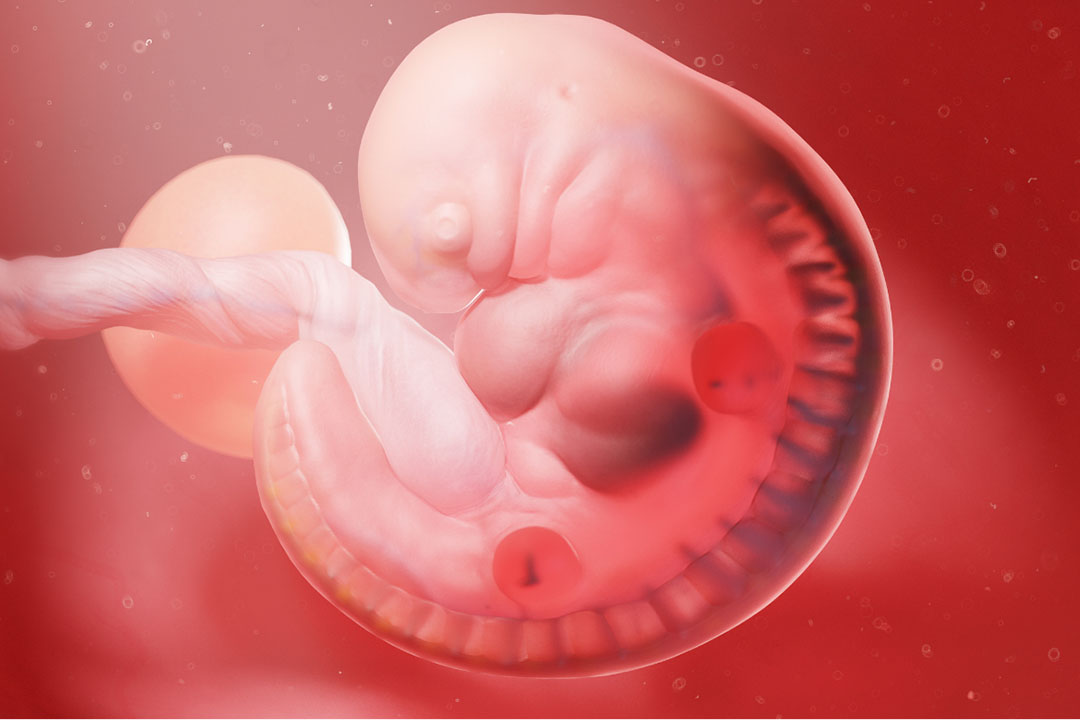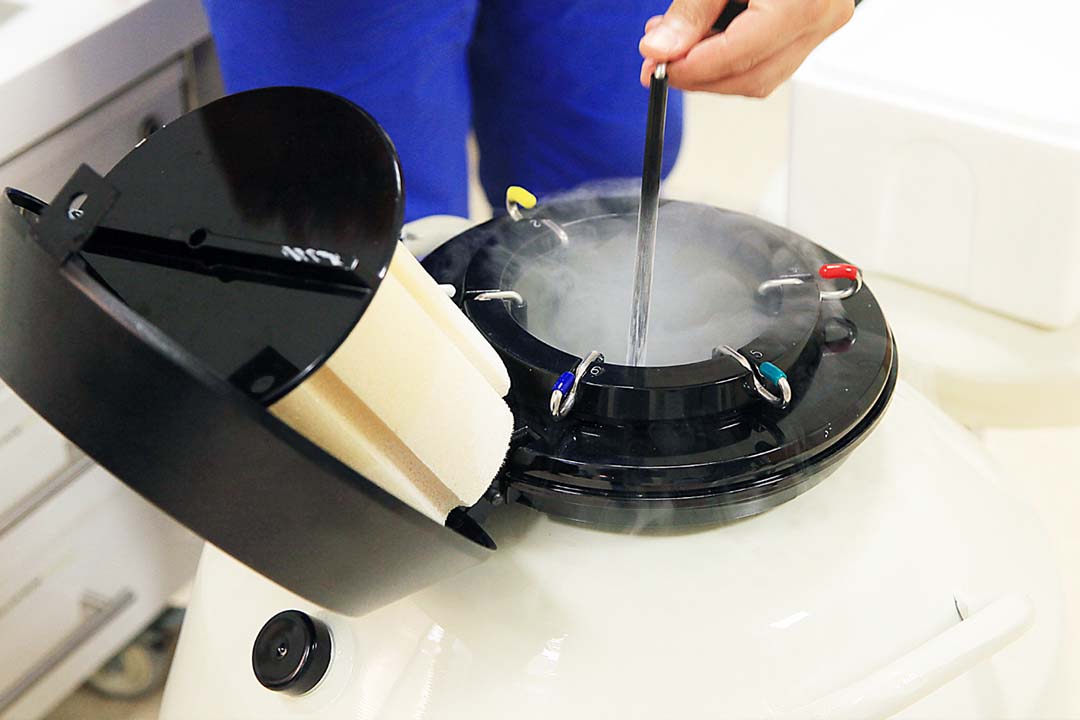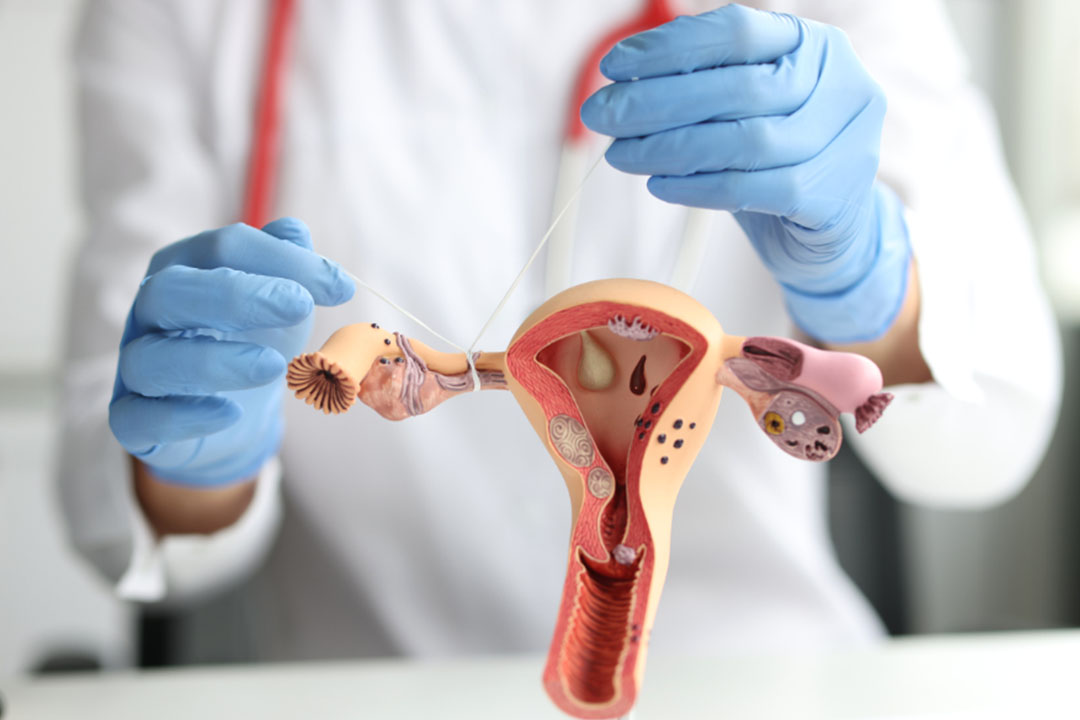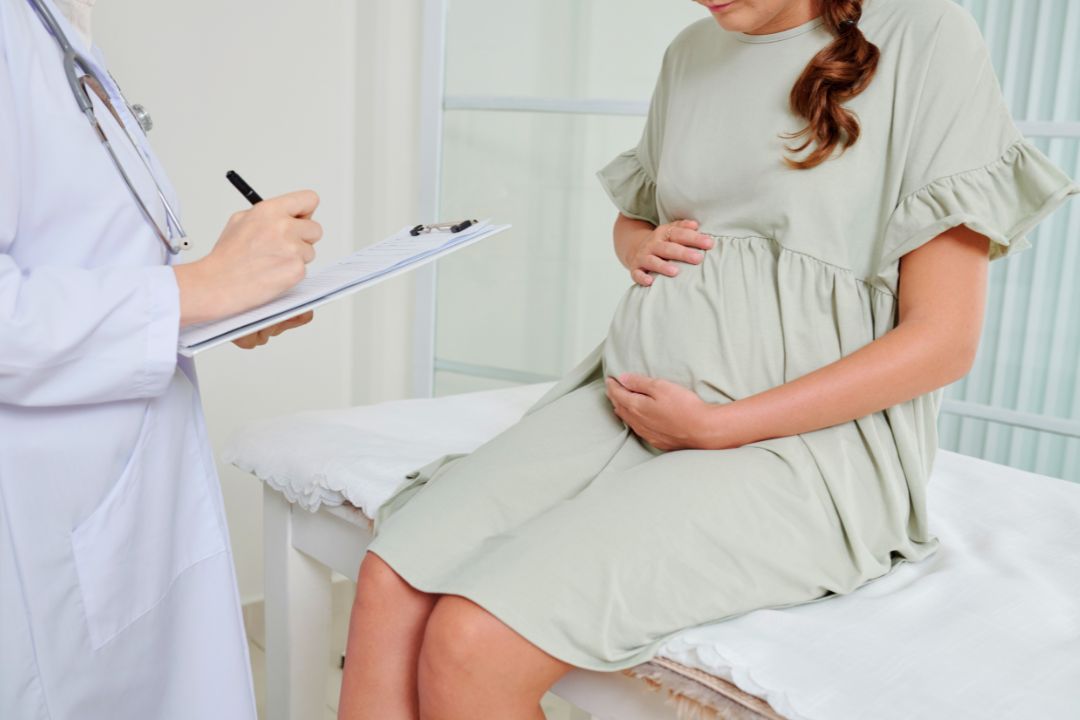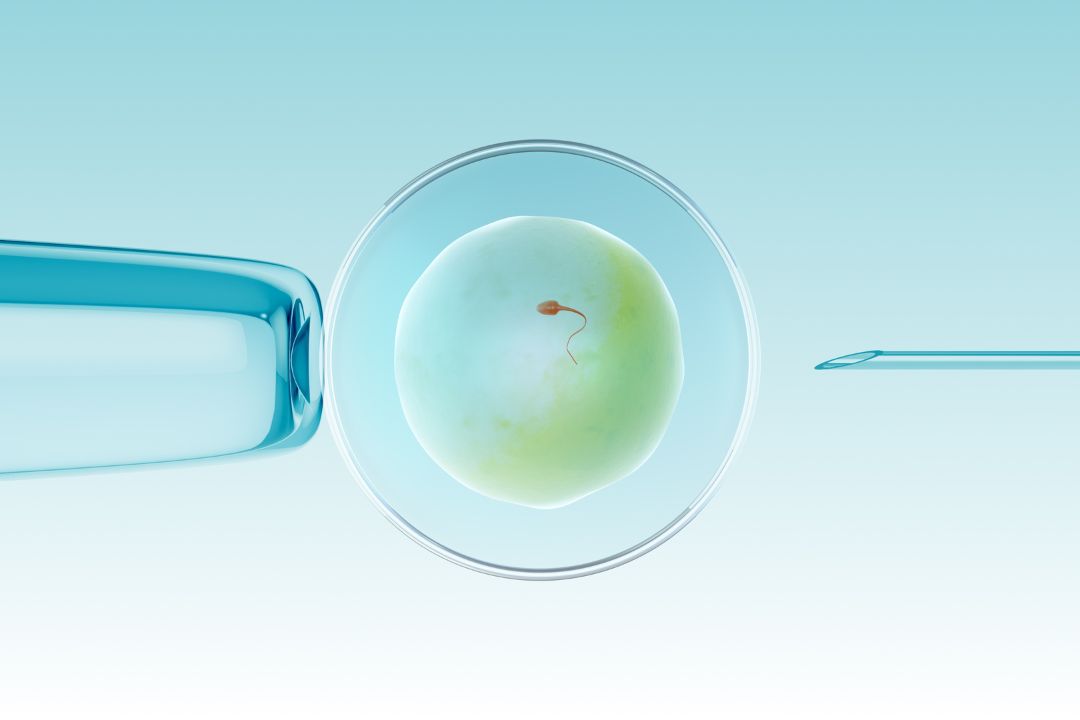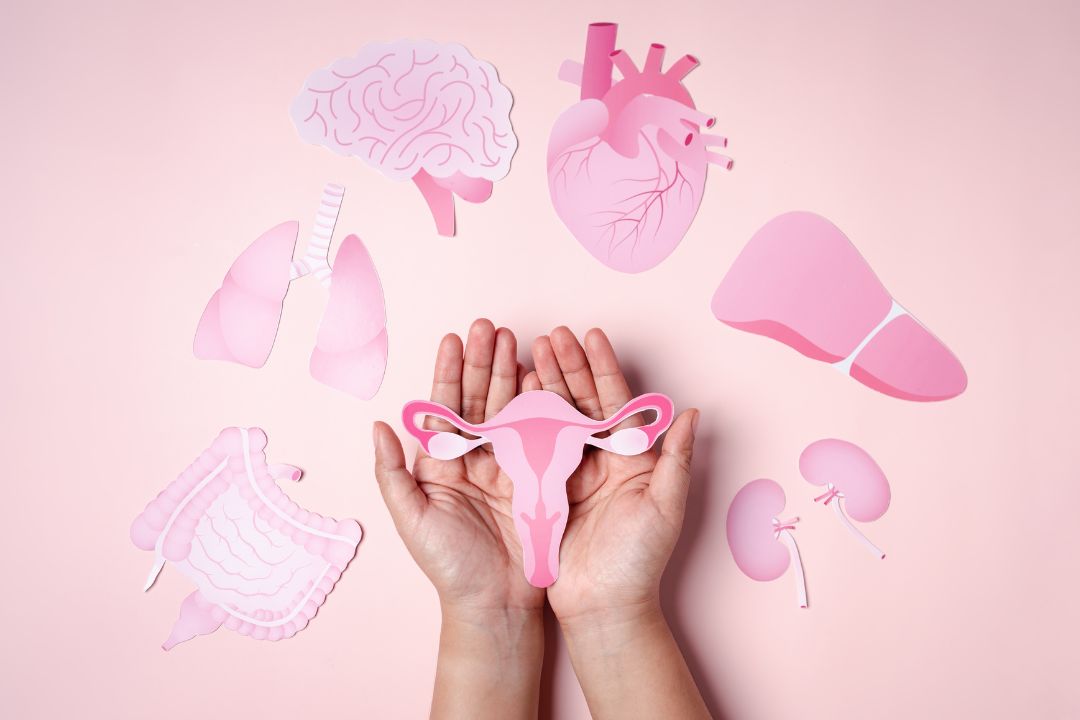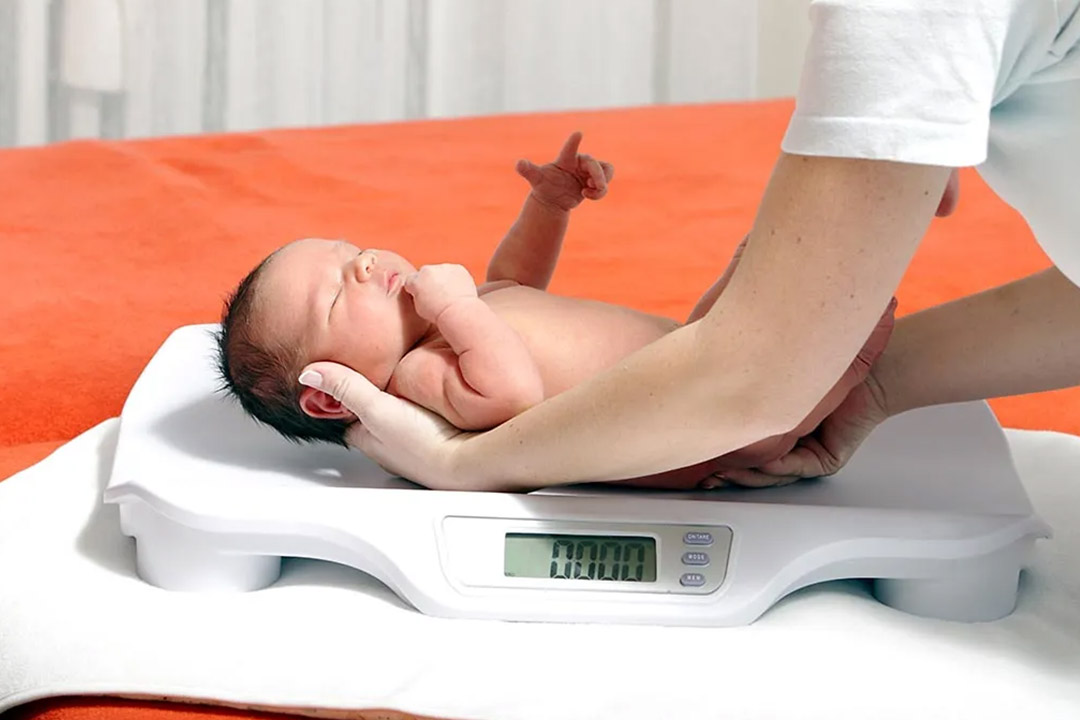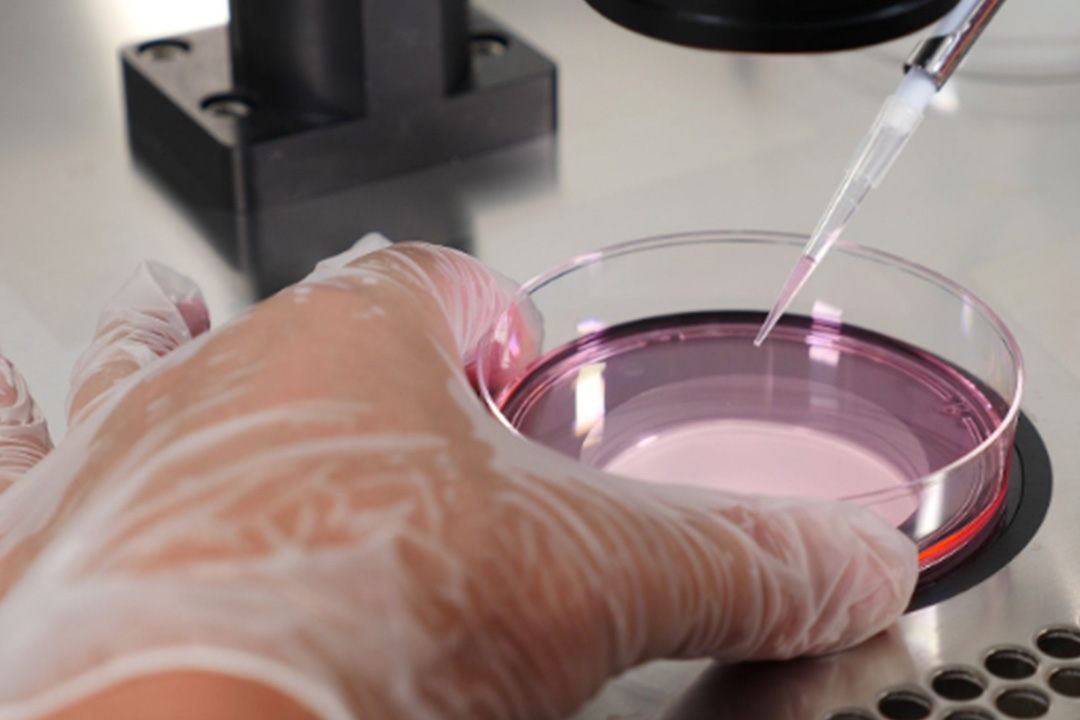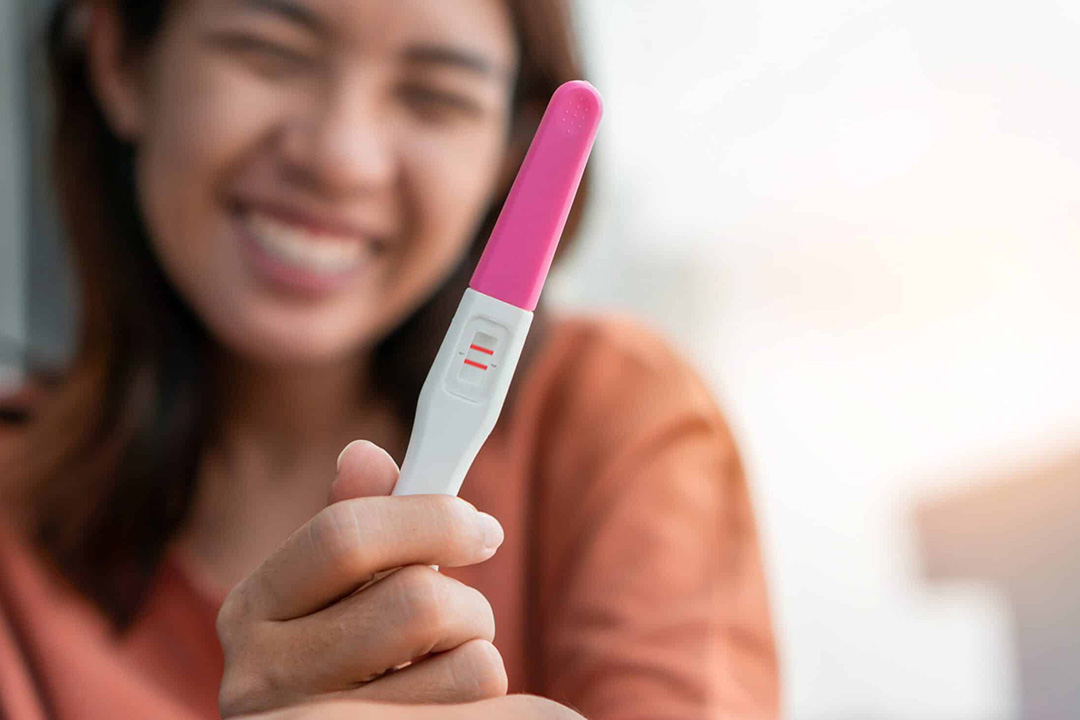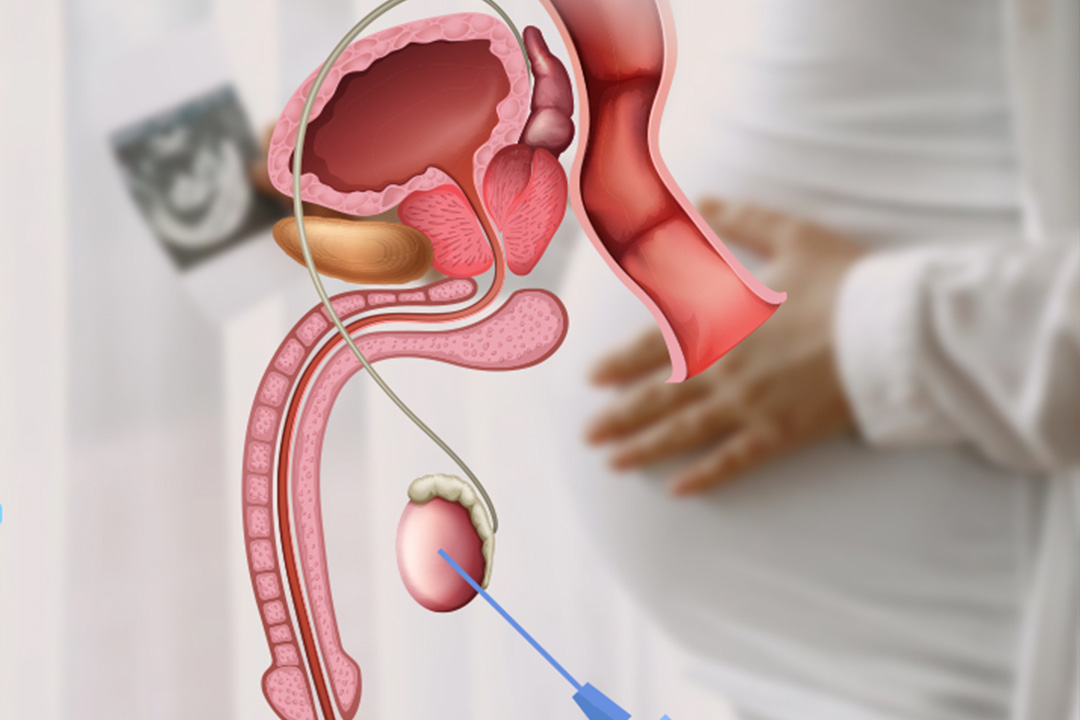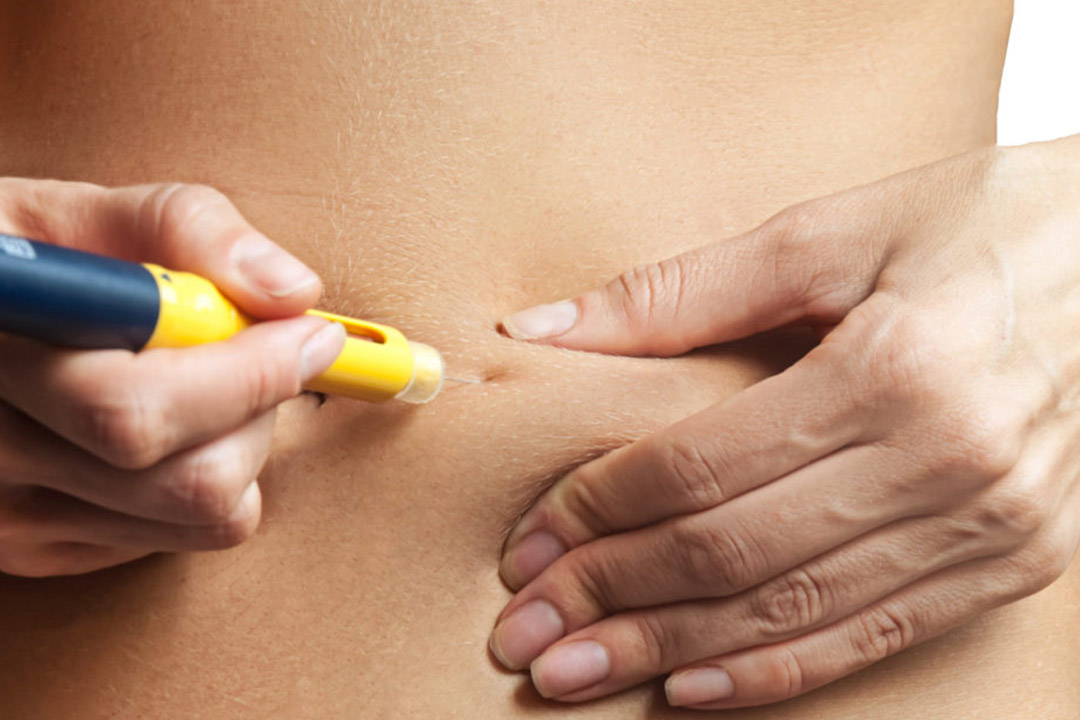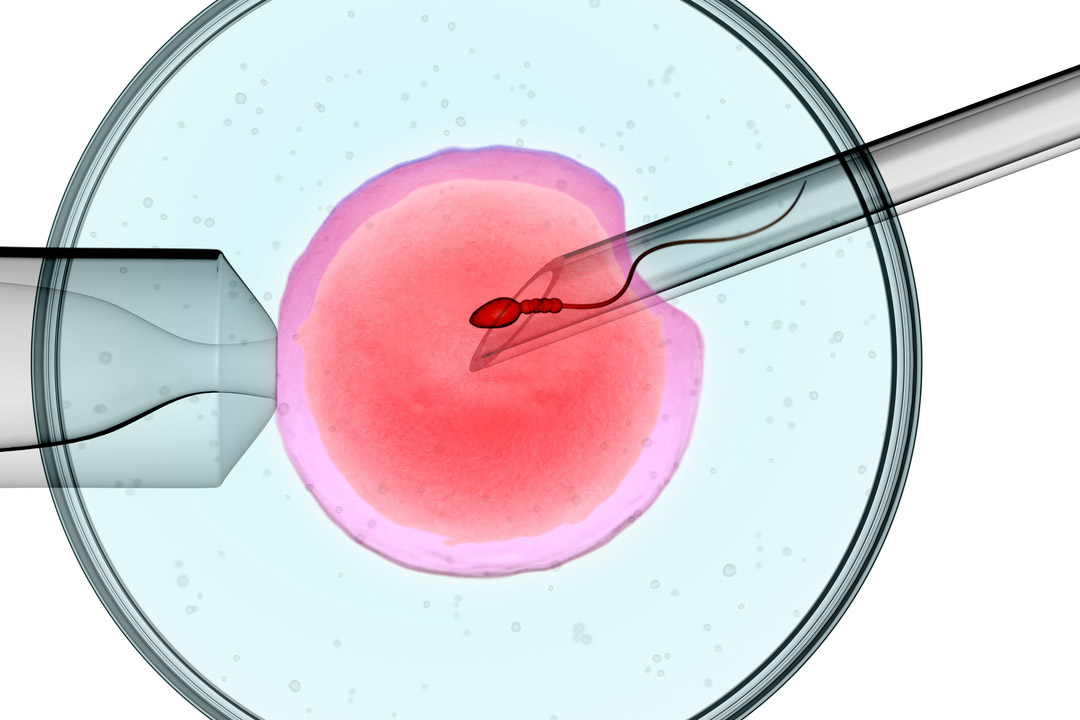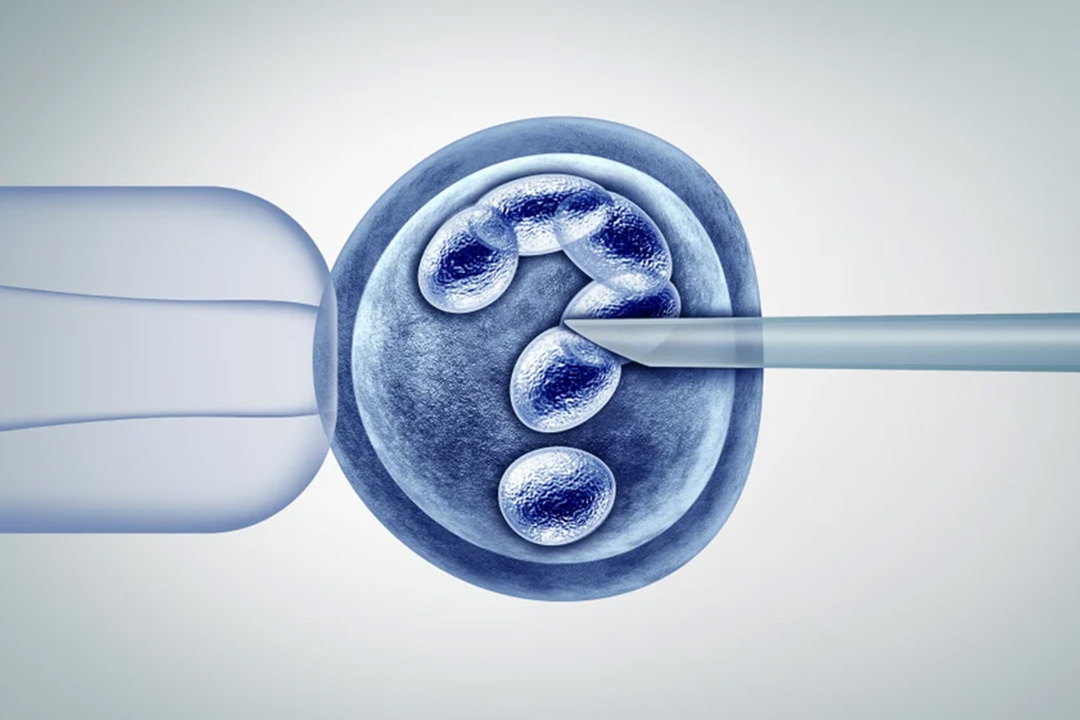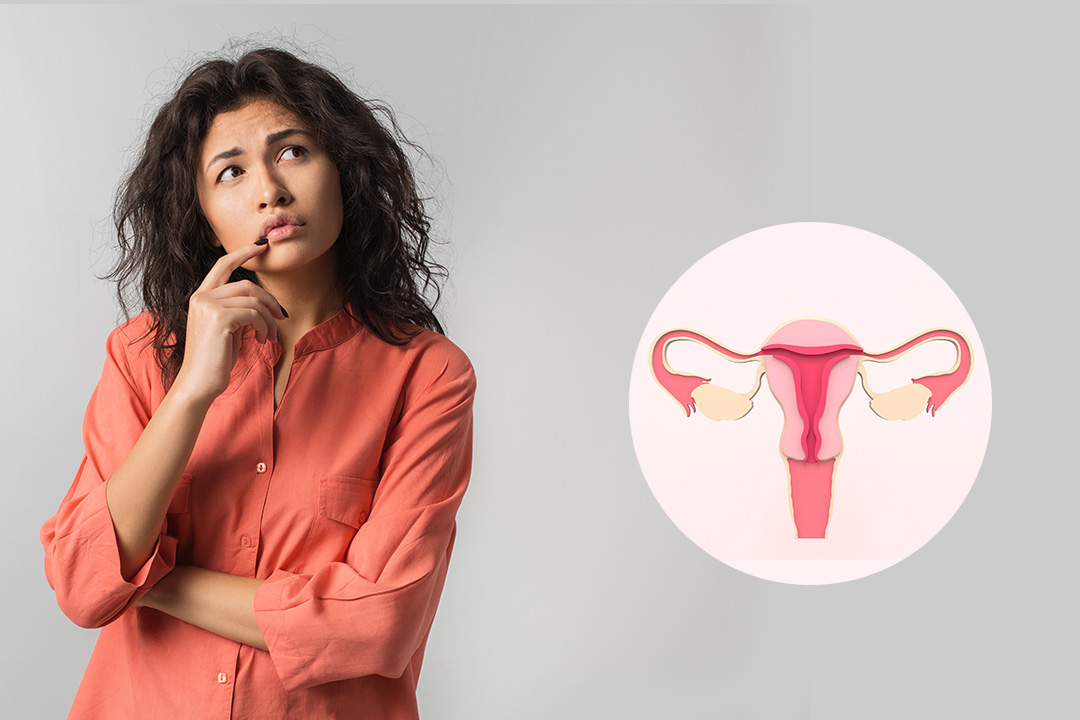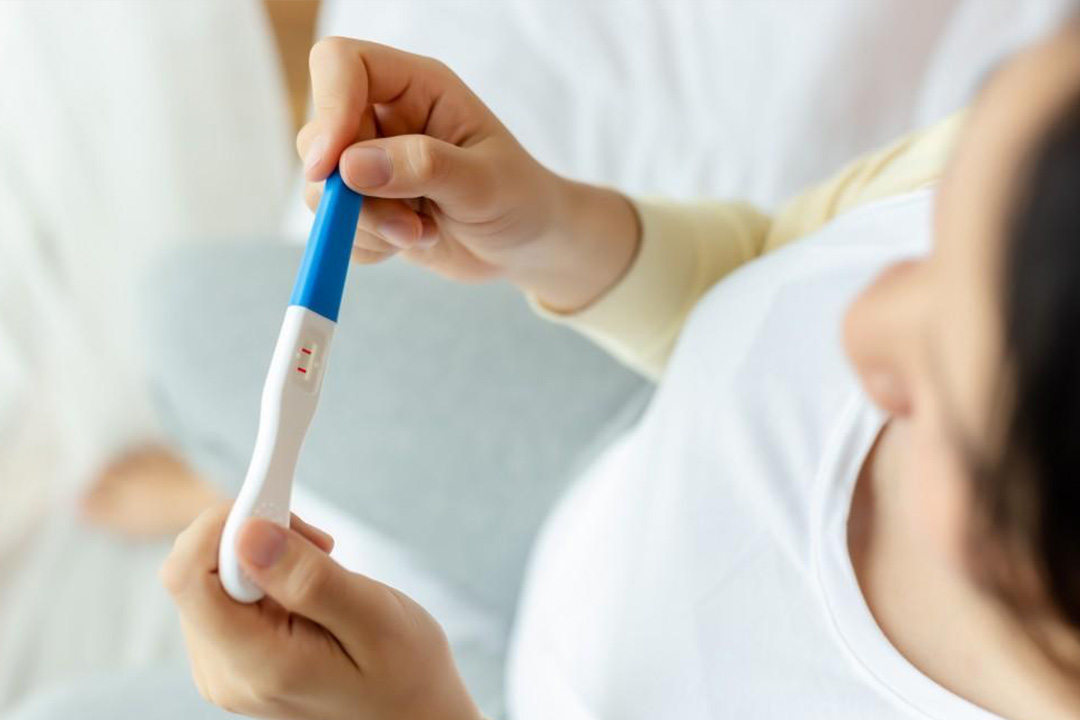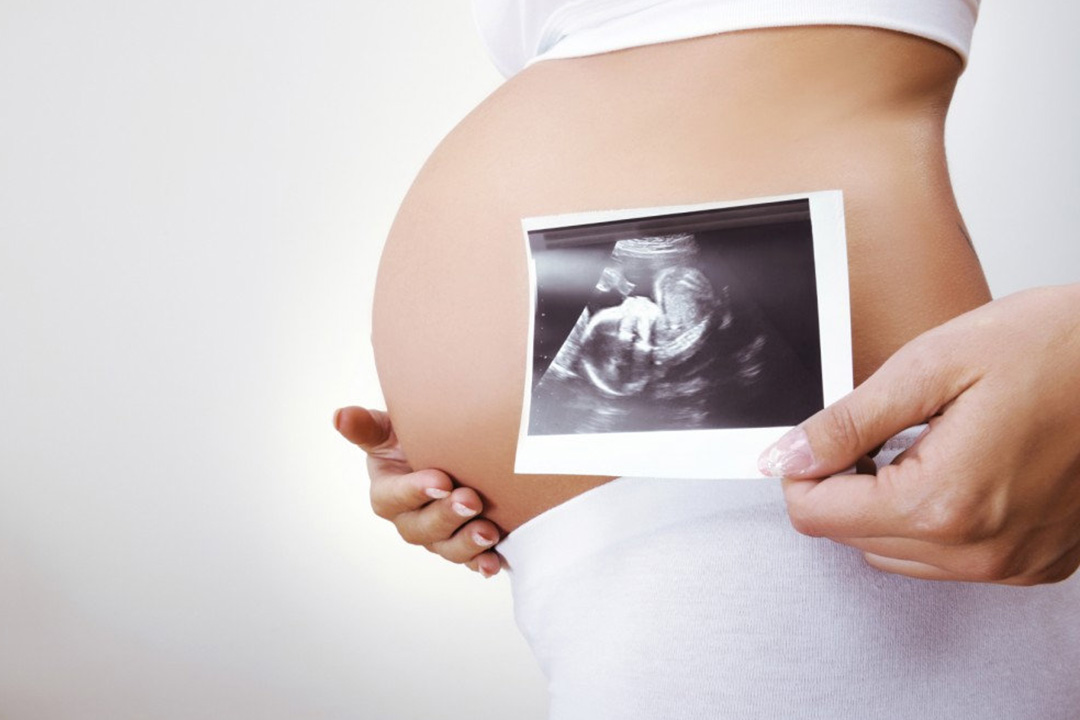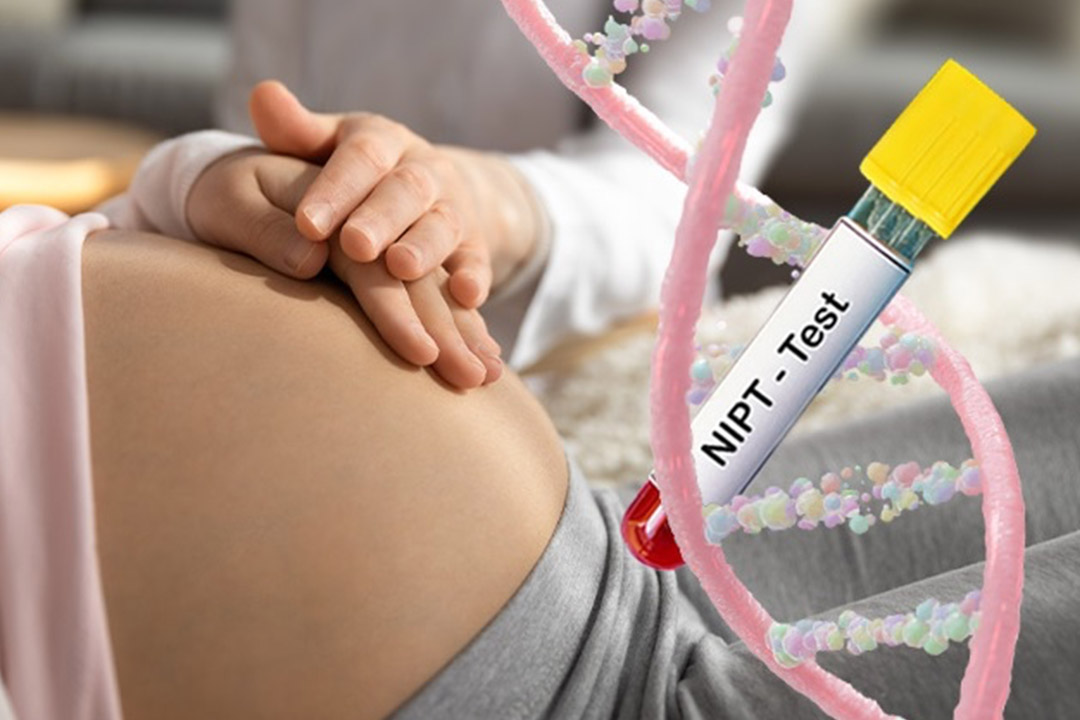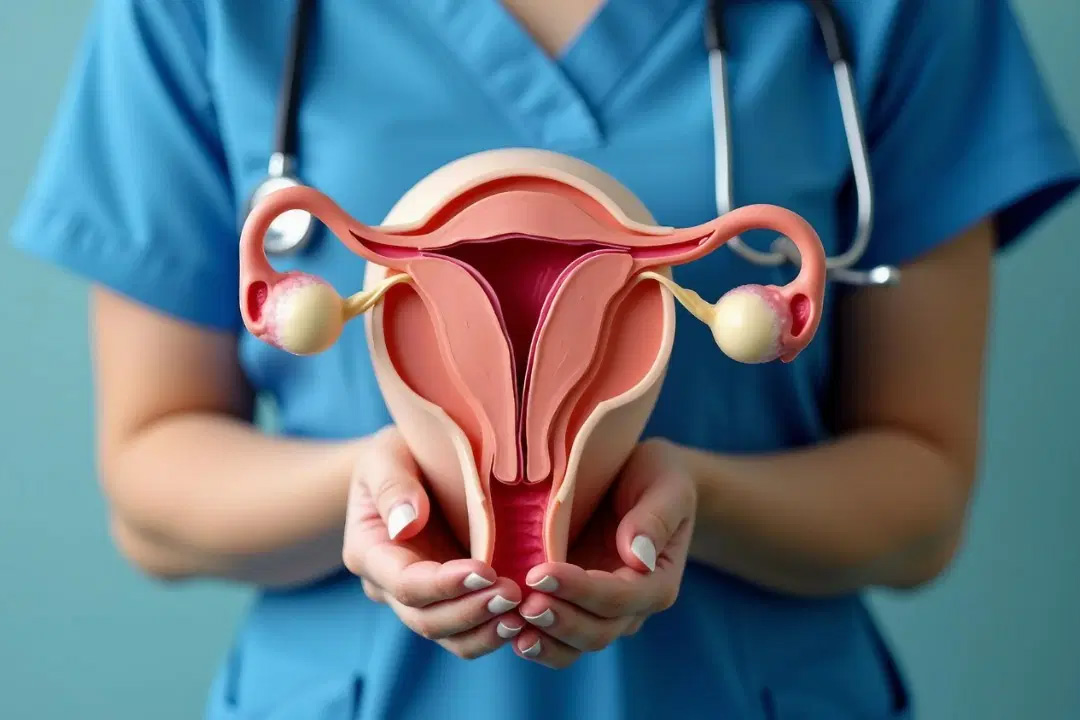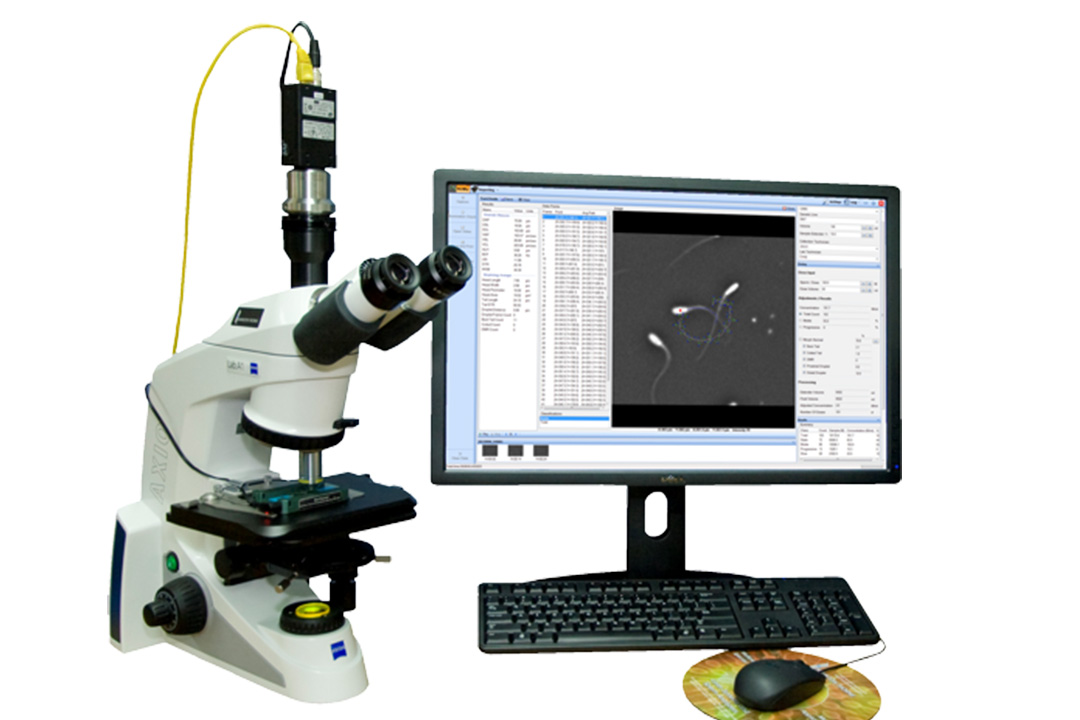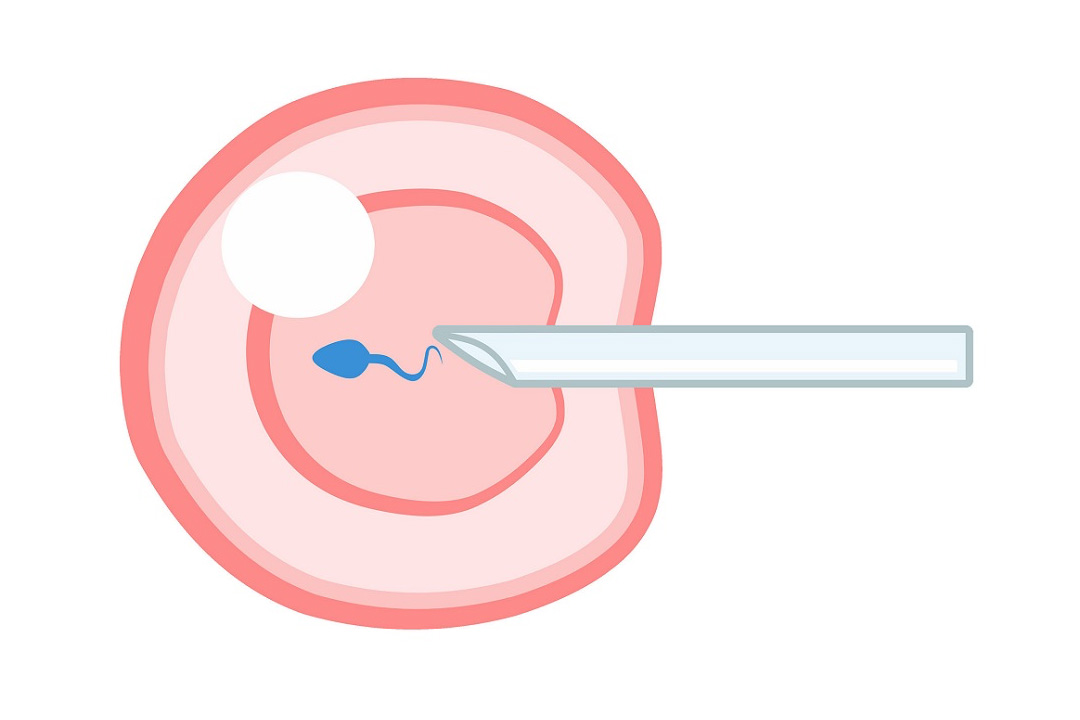Mildly Bulky Uterus: Causes, Symptoms, Treatments and More
Mild bulky uterus is among the many general terms often used in medical reports, especially after conducting an ultrasound scan. Actually, despite its term sounding alarming, it might not be serious, but only through clarification can one know this.
Therefore, to get to the bottom of this, the article has explained what is meant by a mildly bulky uterus. Causes and symptoms of this medical condition are discussed here, followed by diagnostic processes and treatment options available.
What Is a ''Slightly Bulky Uterus''?
A suboptimally bulky uterus is consistent with uterine enlargement, but it will not confirm a normal-sized uterus. Several conditions, including hormonal changes, benign growths, and medical causes like adenomyosis, could be the cause of the enlargement. The finding usually includes such phrases as ''intramural fibroid'' or ''normal endometrial thickness,'' depending on the cause.
Causes Of a Mildly Bulky Uterus
Some studies show that mildly bulky uterus can be caused due to the following:
1. Uterine Fibroids: Fibroids also known as leiomyomas or myomas, are the most common cause of uterine enlargement. These benign tumors originate from the smooth muscle cells of the uterus and contain collagen, fibronectin, and proteoglycan.
Classification of fibroids based upon the location in the uterus:
- Subserous Fibroids: These occur on the outer surface of the uterus.
- Intramural Fibroids: They are within the muscular wall of the uterus.
- Submucous Fibroids: Develop below the uterine lining.
These are hormonally sensitive; therefore, they are sensitive to estrogen and progesterone stimulation. They rarely begin before puberty, and shrink after menopause due to decreased hormonal drive.
Many intramural fibroids have a bulky uterus as a presentation. These can be symptomatically clumsy with heavy menstrual bleeding, pelvic pain, and sometimes even pressure against the lower abdomen.
2. Adenomyosis: Adenomyosis is a condition in which the inner lining of the uterus endometrium breaks down into the muscular layer myometrium. This condition results in enlargement of the uterus and leads to other symptoms like
- Heavy or prolonged menstrual bleeding.
- Menstrual cramps: Severe.
- Pleural effusion.
Adenomyosis is typically most frequently diagnosed in women in their 40s or 50s and may also overlap with fibroids.
3. Hormonal Imbalance: In addition, mild uterine enlargement may be secondary to hormonal variations in the reproductive years or the perimenopause. Furthermore, high levels of estrogen without adequate progesterone can contribute to conditions such as endometrial hyperplasia or fibroids that may cause a mildly bulky uterus.
4. Pregnancy and Parity: Pregnancy, indeed provides immunity for abnormalities of the uterus, since postpartum remodeling exists. Other factors such as the fact that women who have had fewer pregnancies predispose them to risking conditions such as fibroids or adenomyosis, which often contribute to uterine enlargement.
5. Other Concerns: New research has revealed that overconsumption of caffeine or alcohol could increase the risk factors of developing fibroids, especially among women under 35 years.
6. Early menarche: Girls who start menstruating a bit too early are more prone to diseases like fibroids because they spend a long time in the estrogen stage.
7. Metabolic Disorders: Type II diabetes or polycystic ovarian syndrome (PCOS) with obesity will indirectly contribute.
Symptoms Of a Mildly Bulky Uterus
Usually, with a lightly enlarged uterus, the women do not begin to present with symptoms. When the symptoms do start to appear, they include:
- Heaviness or irregularity in menstrual bleeding.
- Pelvic pain or tenderness.
- Feeling of being bloated or even full in the lower abdomen.
- Increased frequency of urination due to pressure on the bladder.
- Pain during coitus in some instances.
Diagnosis
Doctors often may even detect a mildly enlarged uterus during general check-ups or screenings done for other medical conditions. Diagnostic practices include :
1. Ultrasound
The most common method for assessing the size and structural characteristics of the uterus is pelvic ultrasound. It can depict conditions like fibroids, adenomyosis, or indeed other abnormalities. .
2. Magnetic Resonance Imaging, or MRI
The modality offers detailed images of uterine tissues, and this is mostly chosen when ultrasound findings were inconclusive or planning for surgical treatment.
3. Blood tests
Hormonal evaluations can help identify underlying hormonal imbalances contributing to uterine enlargement.
4. Hysteroscopy
A hysteroscope is a thin, lighted tube that reaches into the uterine cavity in order to examine the cavity and check for abnormalities.
Treatment Options
Treatment depends upon the cause, severity of symptoms, and a woman's reproductive goals; some asymptomatic cases may need no immediate intervention but only regular surveillance.
1. Drugs
Hormonal treatment- Birth control pills, progestins, or hormonal IUDs may regulate menstrual periods and minimize symptoms. GnRH agonists These drugs cause suppression of estrogen production, thereby shrinking the fibroids or adenomyosis. NSAIDs: Non-steroidal anti-inflammatory drugs like ibuprofen can relieve pain and reduce inflammation.2. Minimal Invasive Procedures
Uterine artery embolization UAE: It blocks the arteries that supply blood to fibroids, hence shrinking them. Hysteroscopic Myomectomy: Removes fibroids located inside the uterine cavity.3. Surgical Techniques
In this technique, the fibroids are taken away leaving the rest of the uterus in tact so that the woman is still fertile. Hysterectomy: Complete removal of the uterus. This is considered in more serious cases, when other treatments have failed, or for women who are no longer interested in preserving their ability to conceive.
Lifestyle and Home Remedy
Lifestyle changes may control symptoms and can reduce the progression of conditions within the uterus:
- Healthy Diet A diet rich in fruits, vegetables, and whole grains is useful in supporting hormonal balance and reducing inflammation.
- Regular Exercise: Helps maintain a healthy weight and reduce hormonal fluctuations.
- Stress management: Respecting the use of yoga or meditation; or even therapy can reduce the risk of hormone-related disease.
Normally, a mildly bulky uterus has a relatively good prognosis, especially if it is due to benign conditions such as fibroids or adenomyosis. Early diagnosis and treatment can prevent complications such as anemia due to heavy bleeding or infertility.
Of course, women who have this condition should maintain follow-ups regularly with their providers in order to monitor changes in the condition and adjust treatment accordingly.
When to See a Doctor If you've encountered any of the following:
- Prolonged or heavy menstrual bleeding.
- Sharp pelvic pain or pressure.
- Difficulty conceiving.
- Sudden changes in menstrual patterns.
These symptoms may indicate more serious underlying conditions requiring prompt evaluation.
Conclusion
A mildly bulky uterus was defined based on common findings and associated with such conditions as fibroids or adenomyosis. A mildly bulky uterus may not have any symptoms but requires knowledge of causation and impact for management, ranging from medication and lifestyle modification to surgery.
Appropriate care and treatment will be administered in due time through regular check-ups and frank communication to safeguard reproductive health as well as, in general, women's well-being.
About Us
AKsigen IVF is a premier center for advanced fertility treatments, with renowned fertility experts on our team. Specializing in IVF, ICSI, egg freezing, and other cutting-edge reproductive technologies, AKsigen IVF is committed to helping couples achieve their dream of parenthood. With personalized care and a patient-first approach, AKsigen IVF provides comprehensive fertility solutions under one roof.



















